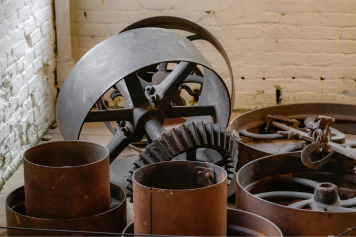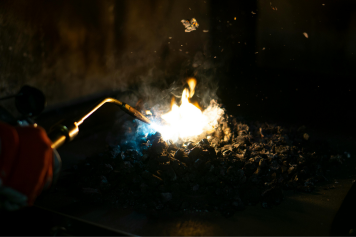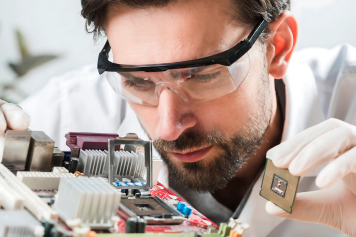Design and engineering support is a cornerstone of the services offered by our foundry, ensuring that every project begins with a solid foundation of technical expertise and innovative thinking. The process starts with close collaboration between our engineers and clients to thoroughly understand the specific requirements and challenges of each project. Utilizing advanced computer aided design (CAD) software, our team creates detailed 3D models that not only visualize the final product but also optimize design elements for manufacturability. This proactive approach helps identify potential issues early in the design phase, reducing the likelihood of costly revisions later on. Additionally, our engineers provide guidance on material selection, ensuring that the chosen materials align with performance, cost, and sustainability goals. Throughout the entire development process, design and engineering support continues to adapt based on client feedback and testing results, facilitating iterative improvements that enhance product functionality and quality. By integrating design and engineering expertise with our manufacturing capabilities, we empower clients to bring their visions to life, resulting in high-performance components that meet rigorous industry standards.

Utilizing advanced CAD software, designs are optimized for manufacturability, reducing the risk of issues during production and minimizing costly revisions.

Engineers provide valuable insights into material selection, ensuring that the chosen materials align with performance, cost, and sustainability objectives.

Proactive design reviews help identify potential challenges early in the development process, allowing for timely adjustments that enhance overall project efficiency.

Continuous feedback and iterative improvements throughout the design phase contribute to quality end products that meet rigorous industry standards.

Access to a team of experienced engineers provides clients with technical guidance and innovative solutions, enhancing the overall design process.

By delivering consistent quality and support, strong relationships are built with clients, fostering long-term partnerships that drive mutual success.
Design for Manufacturability (DFM) is a critical aspect of our design and engineering support, focusing on creating products that are not only functional but also cost effective and efficient to manufacture. This approach begins with a comprehensive understanding of the manufacturing processes and capabilities at our foundry. By integrating DFM principles from the initial design phase, our engineers can identify potential production challenges early, enabling the optimization of designs to reduce complexity and enhance manufacturability. Key considerations include selecting materials that are readily available and suitable for the intended application, designing components with uniform wall thickness to ensure consistent cooling and strength, and incorporating features that facilitate easy assembly and machining.
The iterative design approach is a fundamental aspect of our design and engineering support, enabling the continuous refinement and improvement of product designs throughout the development process. This methodology emphasizes collaboration between our engineering team and clients, allowing for ongoing feedback and adjustments based on testing and real world performance data. By implementing iterative cycles of design, prototyping, testing, and evaluation, potential issues can be identified and addressed early, reducing the risk of costly revisions later in the production phase. Each iteration enhances the design, ensuring it meets performance standards while aligning with client specifications and market demands. This dynamic process encourages innovation and flexibility, as engineers can explore various solutions and make informed adjustments based on empirical results and client insights. Ultimately, the iterative design approach not only enhances the quality and functionality of the final product but also fosters strong partnerships with clients, as they remain actively involved in shaping the outcome. This commitment to continuous improvement ensures that the products developed are not only technically sound but also tailored to succeed in their intended applications.